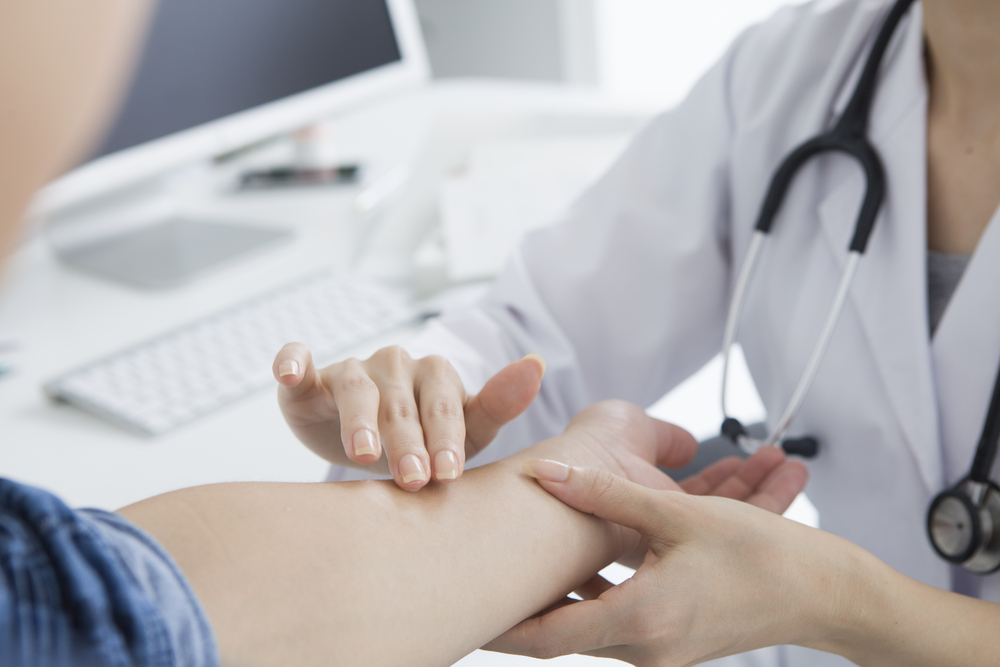First Patient Dosed in Phase 2 Trial Testing RGN-137 for Epidermolysis Bulllosa

The first patient with epidermolysis bullosa has received treatment with RegeneRx Biopharmaceuticals‘ investigational therapy RGN-137 in a Phase 2 clinical trial in the U.S., the company announced.
RGN-137 is a gel formulation medication intended to accelerate wound healing when applied directly onto skin lesions. It is based on thymosin beta-4 (Tβ4), a lab-made version of a protein naturally produced in the body that has been shown to have strong wound healing and anti-inflammatory properties.
The randomized, single-blind, placebo-controlled, self-matched pairing Phase 2 trial (NCT03578029) is being sponsored by Lenus Therapeutics, a subsidiary joint venture company of GtreeBNT, RegeneRX’s licensee for RGN-137.
It will be conducted at five hospitals in the U.S. and is currently recruiting approximately 15 patients with junctional or dystrophic epidermolysis bullosa, ages 4 and older. More information on trial locations and contacts is available here.
Participants will be treated with both RGN-137 and a placebo (a topical gel that lacks RGN-137’s active ingredient), which will be applied on skin lesions of roughly the same size at similar developmental stages. In this way, each patient will have the opportunity to try the new treatment and, at the same time, be their own control for treatment efficacy.
Researchers will assess the ability of the treatment to help expedite the wound healing process compared with the placebo, as well as the incidence of adverse events.
According to guidelines released by the U.S. Food and Drug Administration in June 2018, a therapy showing partial wound healing efficacy may be considered for approval for the treatment of epidermolysis bullosa. The Phase 2 trial was designed to comply with these new recommendations.
“The estimated number of epidermolysis bullosa patients is 500,000 worldwide and there is no cure for epidermolysis bullosa. Patients with epidermolysis bullosa pay approximately $5,000 per a month for traditional wound treatments,” a spokesperson from GtreeBNT said in a press release. “We believe that RGN-137 will greatly help infants and children suffering from epidermolysis bullosa based on the results of this study.”
RGN-137 has received orphan drug designation from the FDA, which has also approved a new Phase 3 trial in the U.S. for the investigational therapy. RegeneRx is already making plans for the upcoming trial, which will build on data generated by the Phase 2 study.






